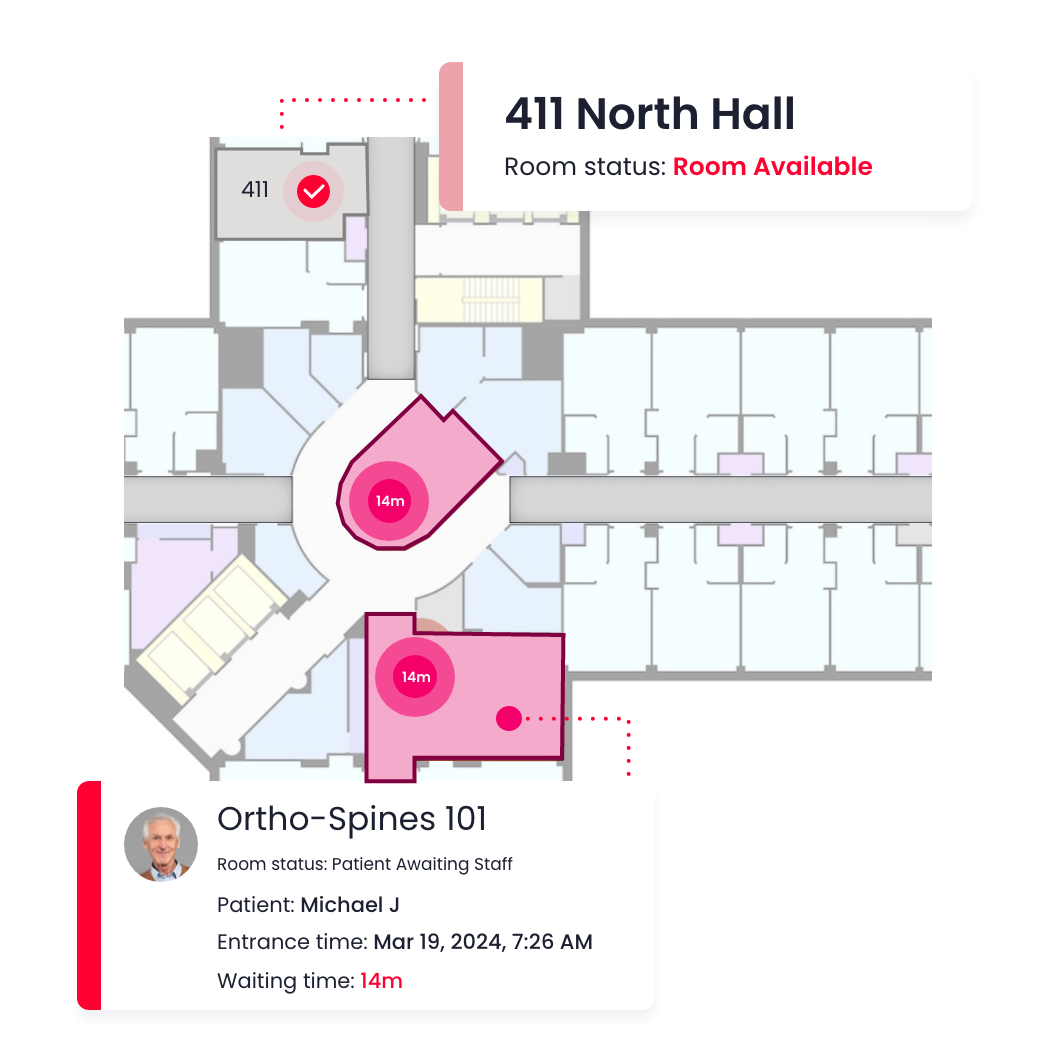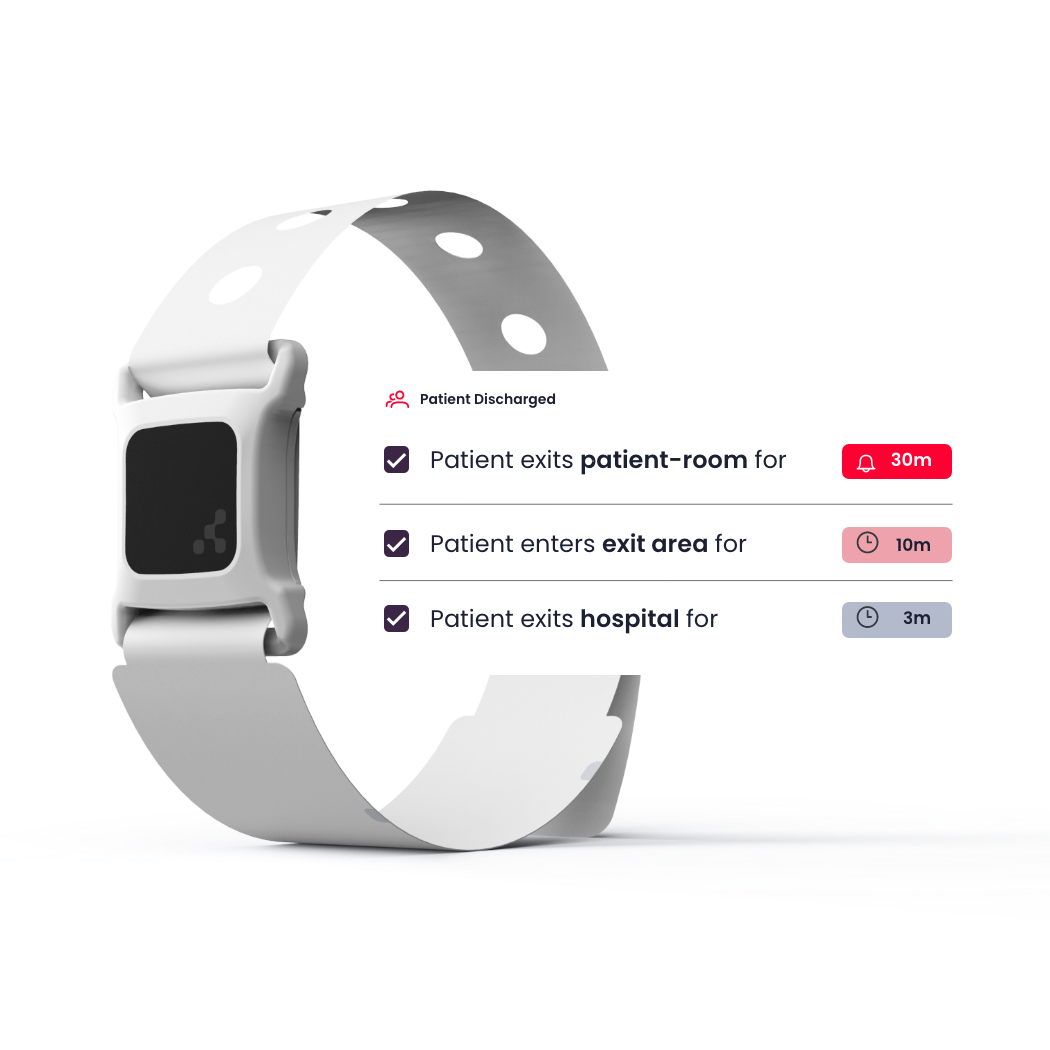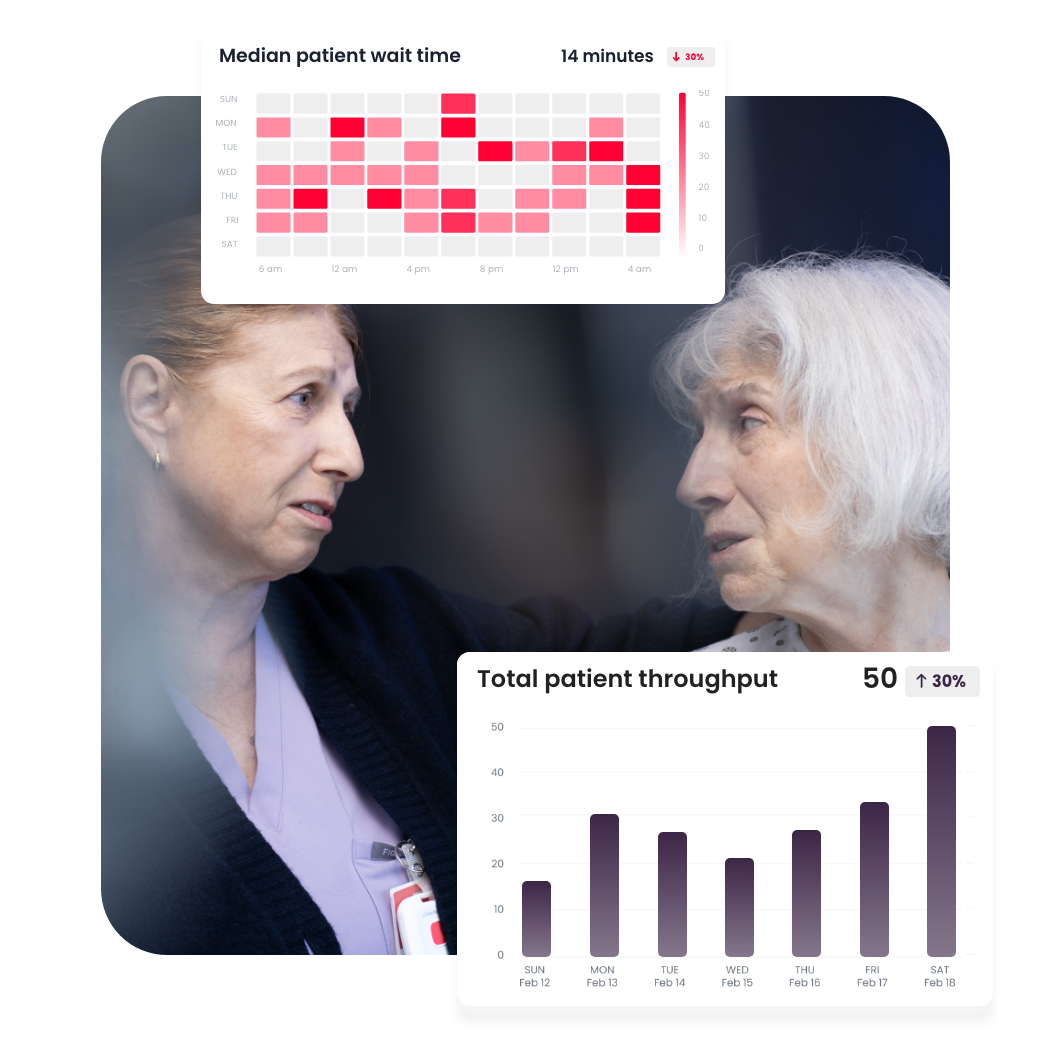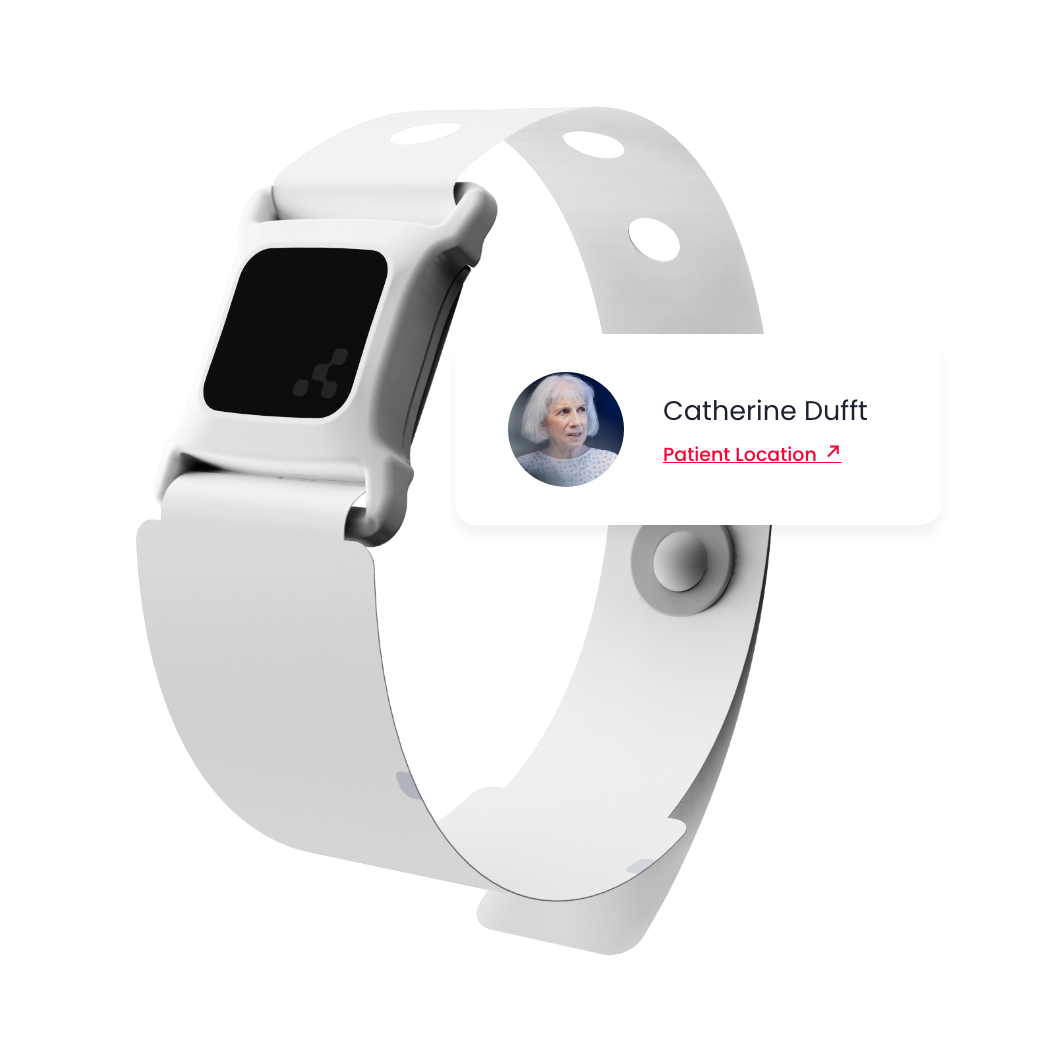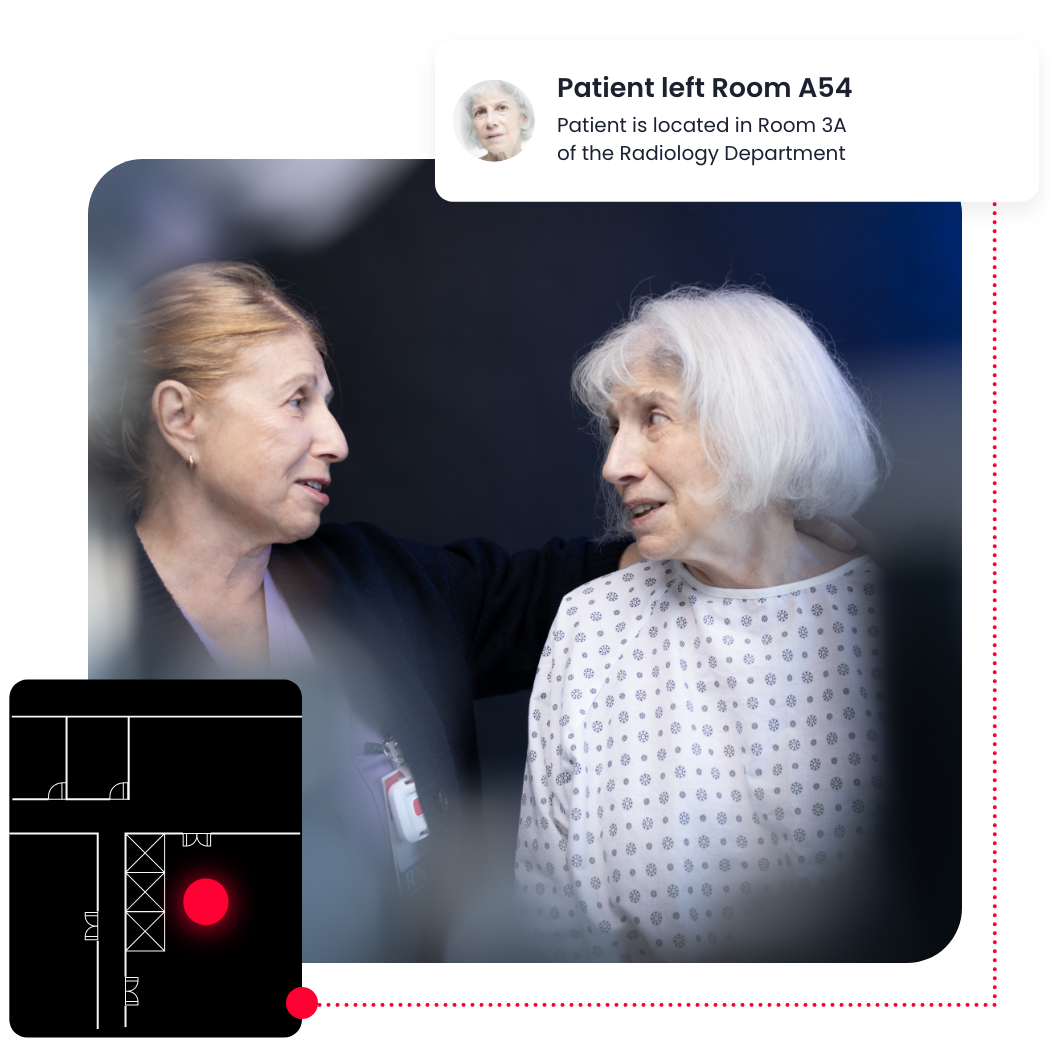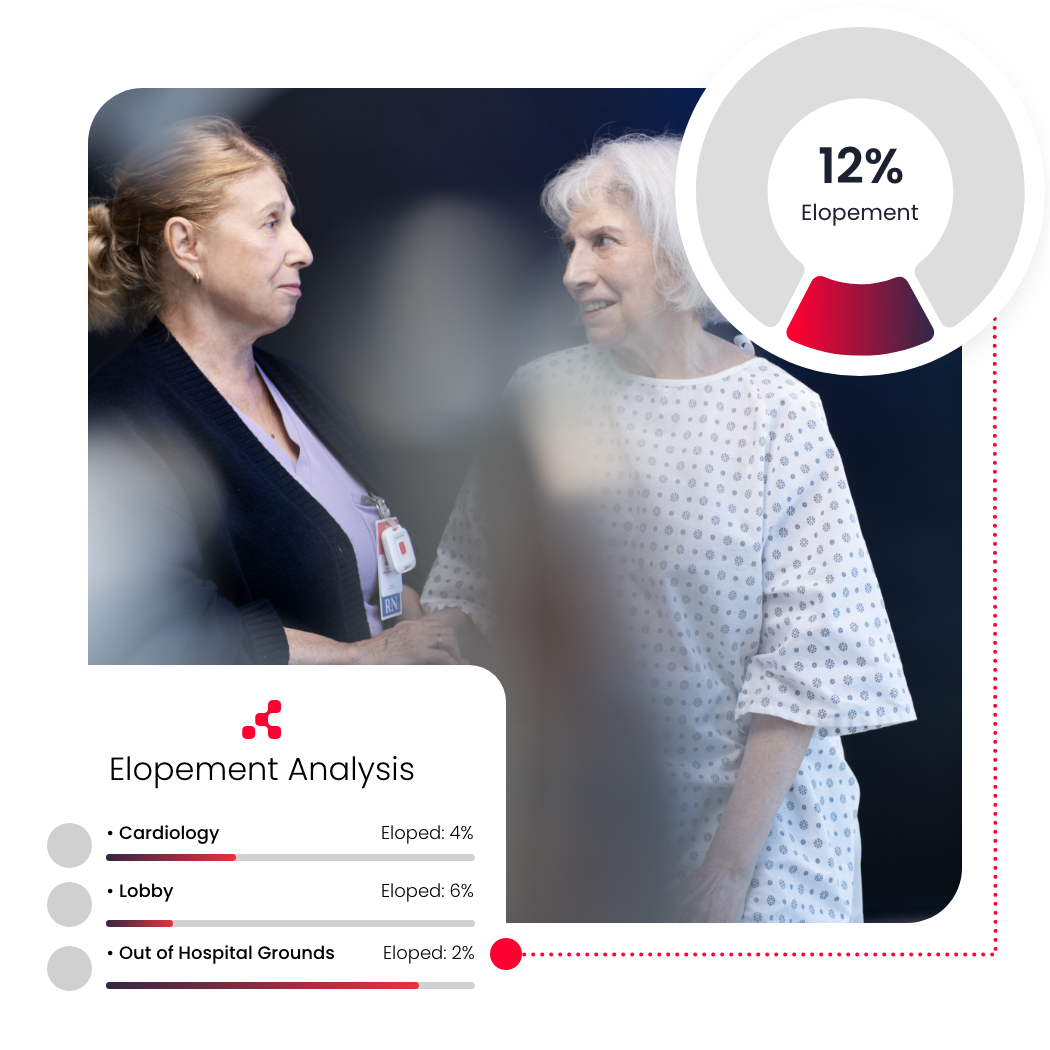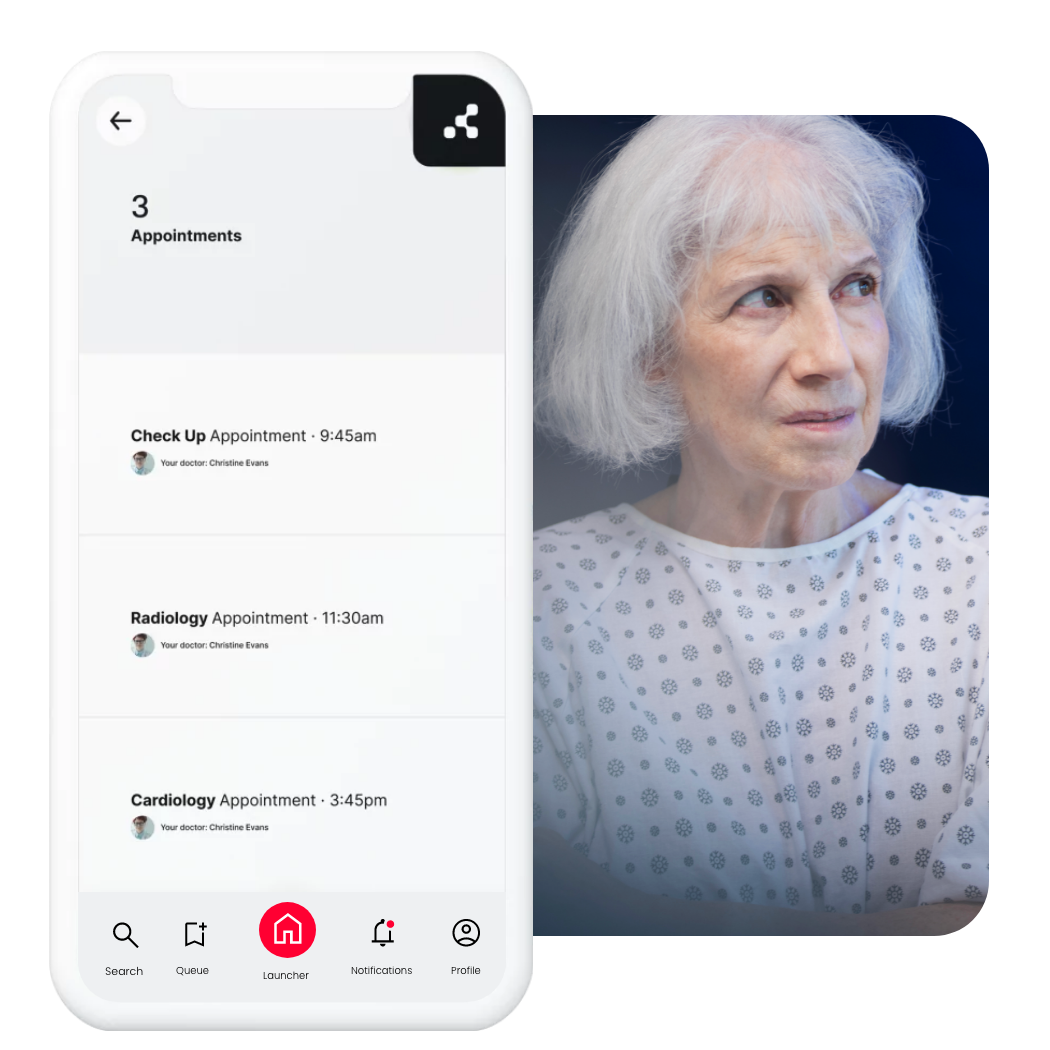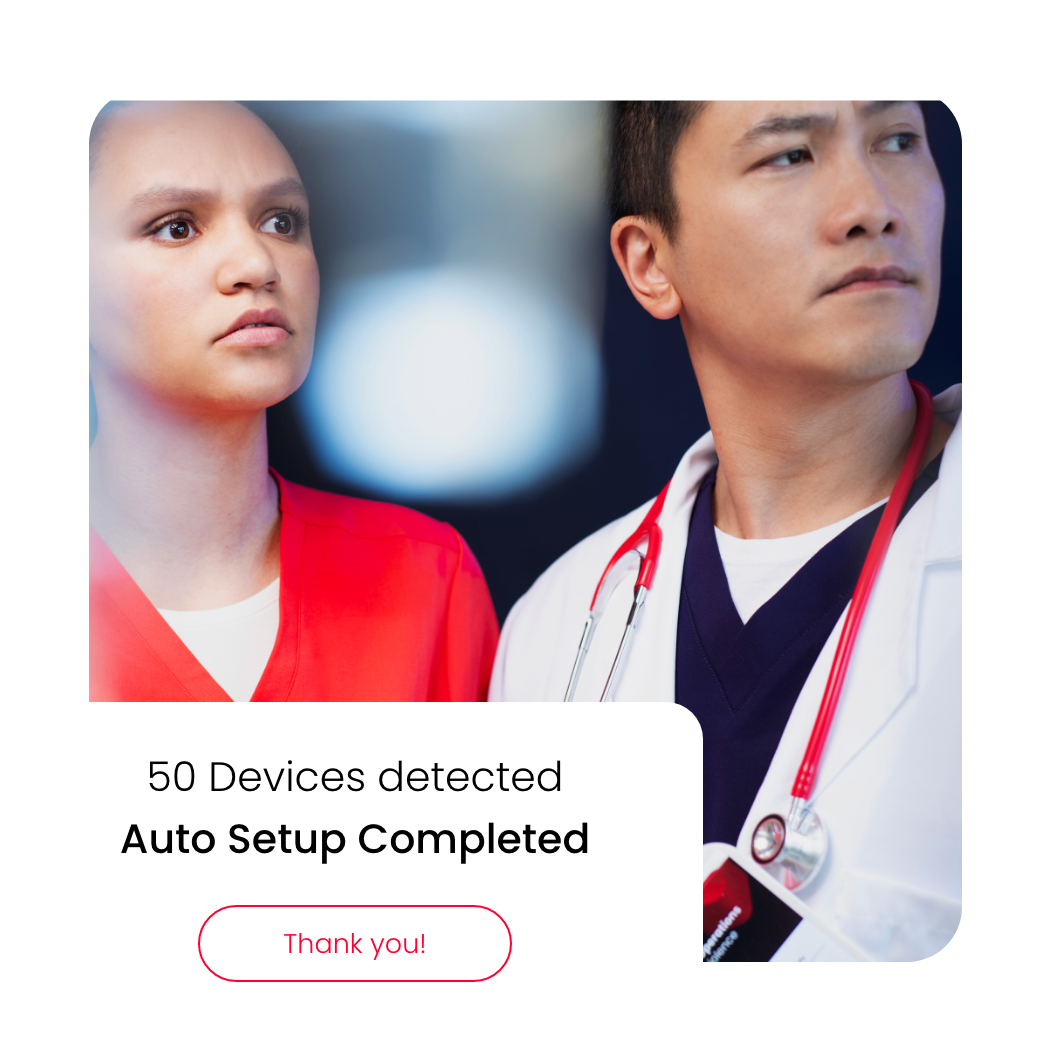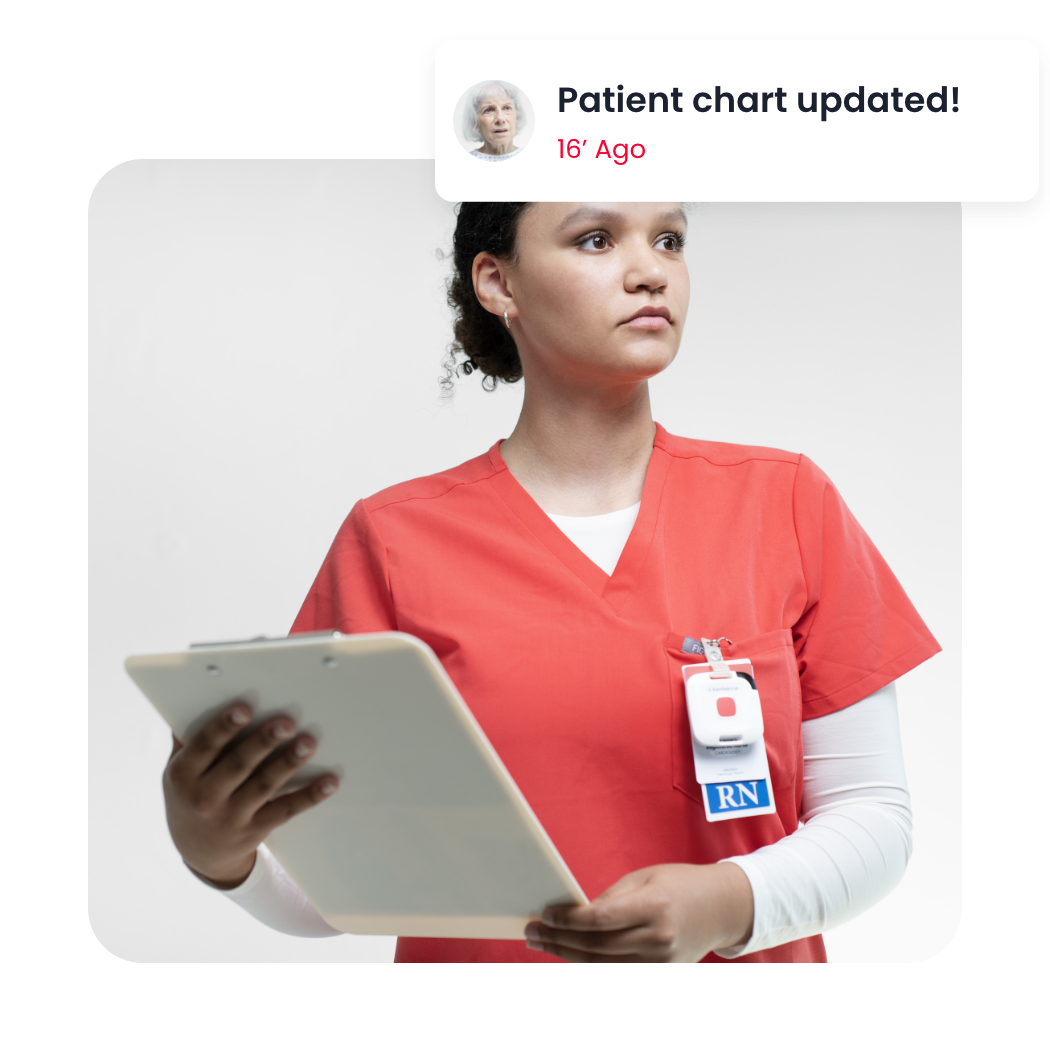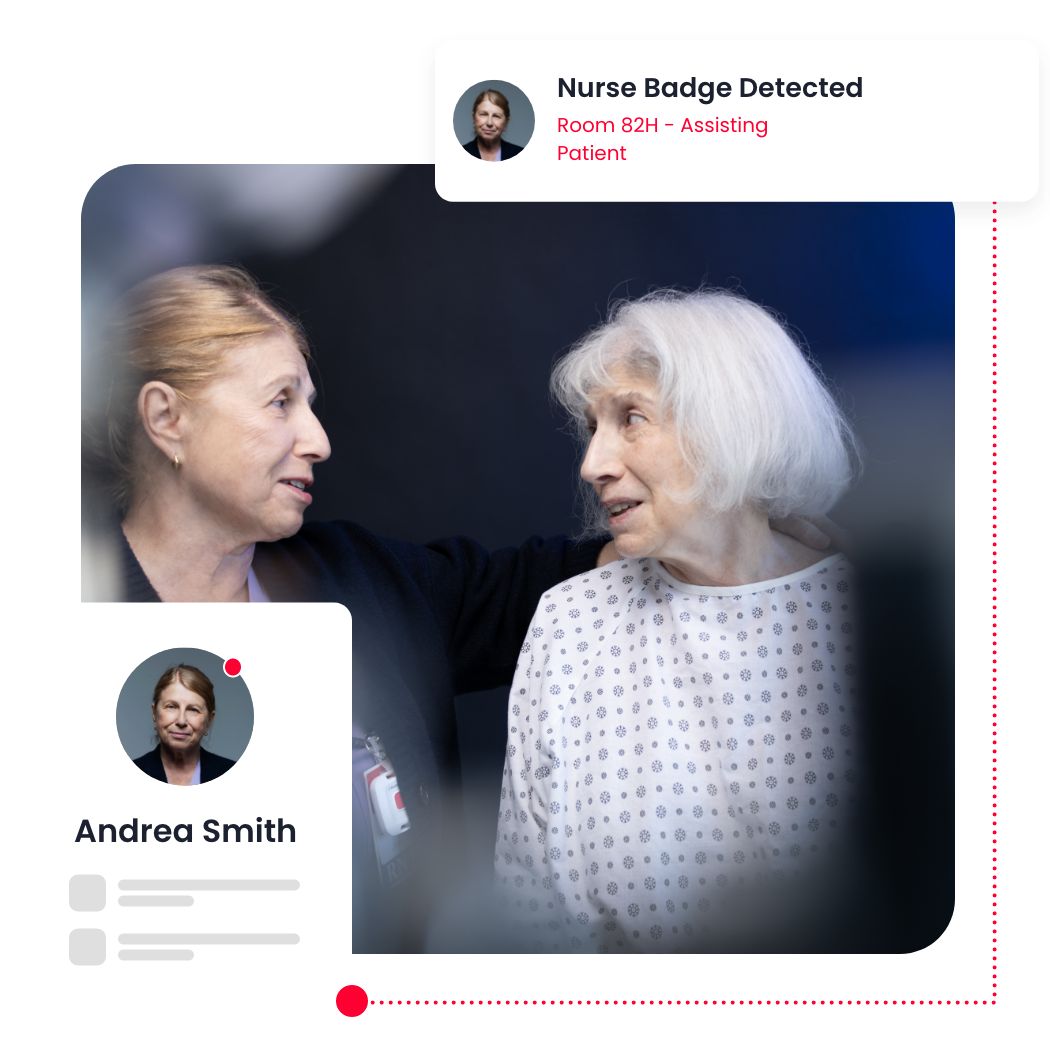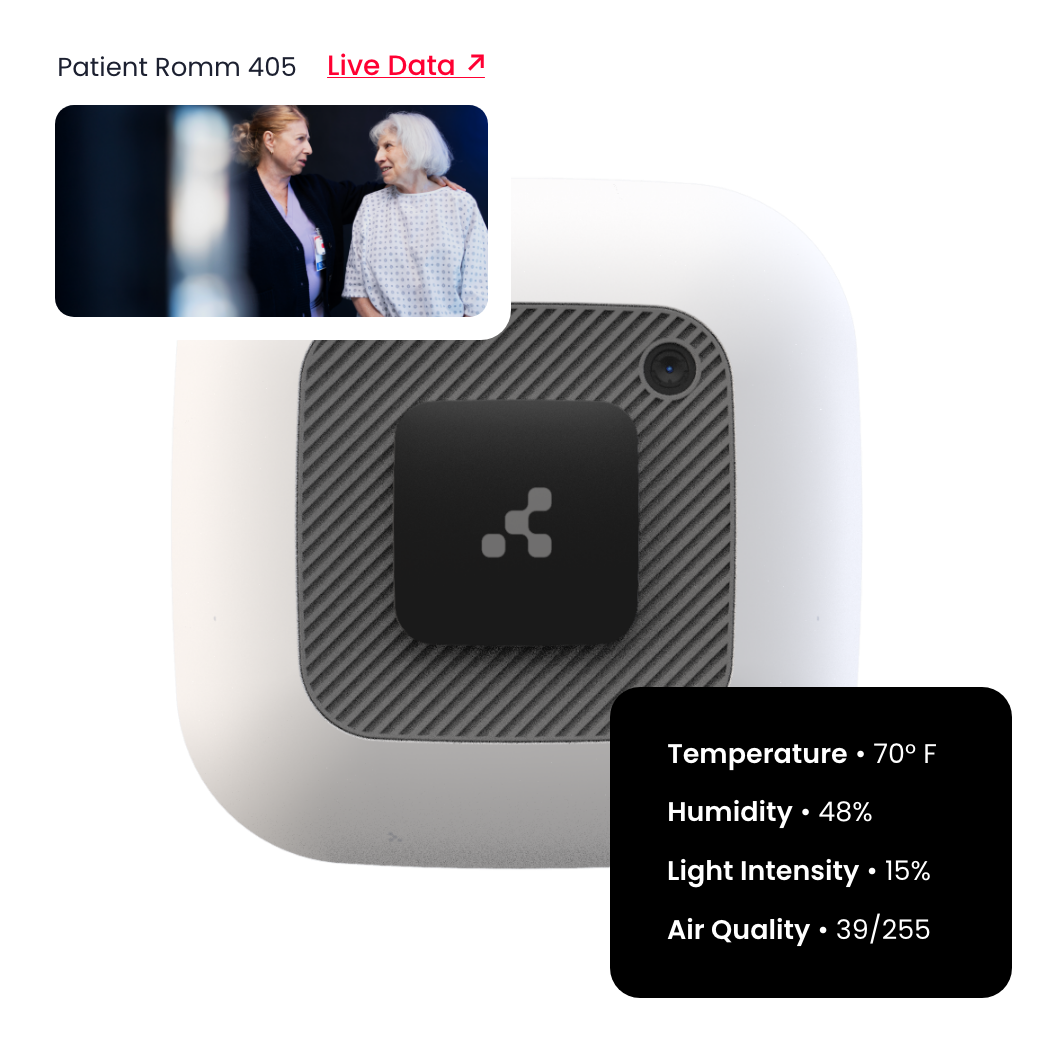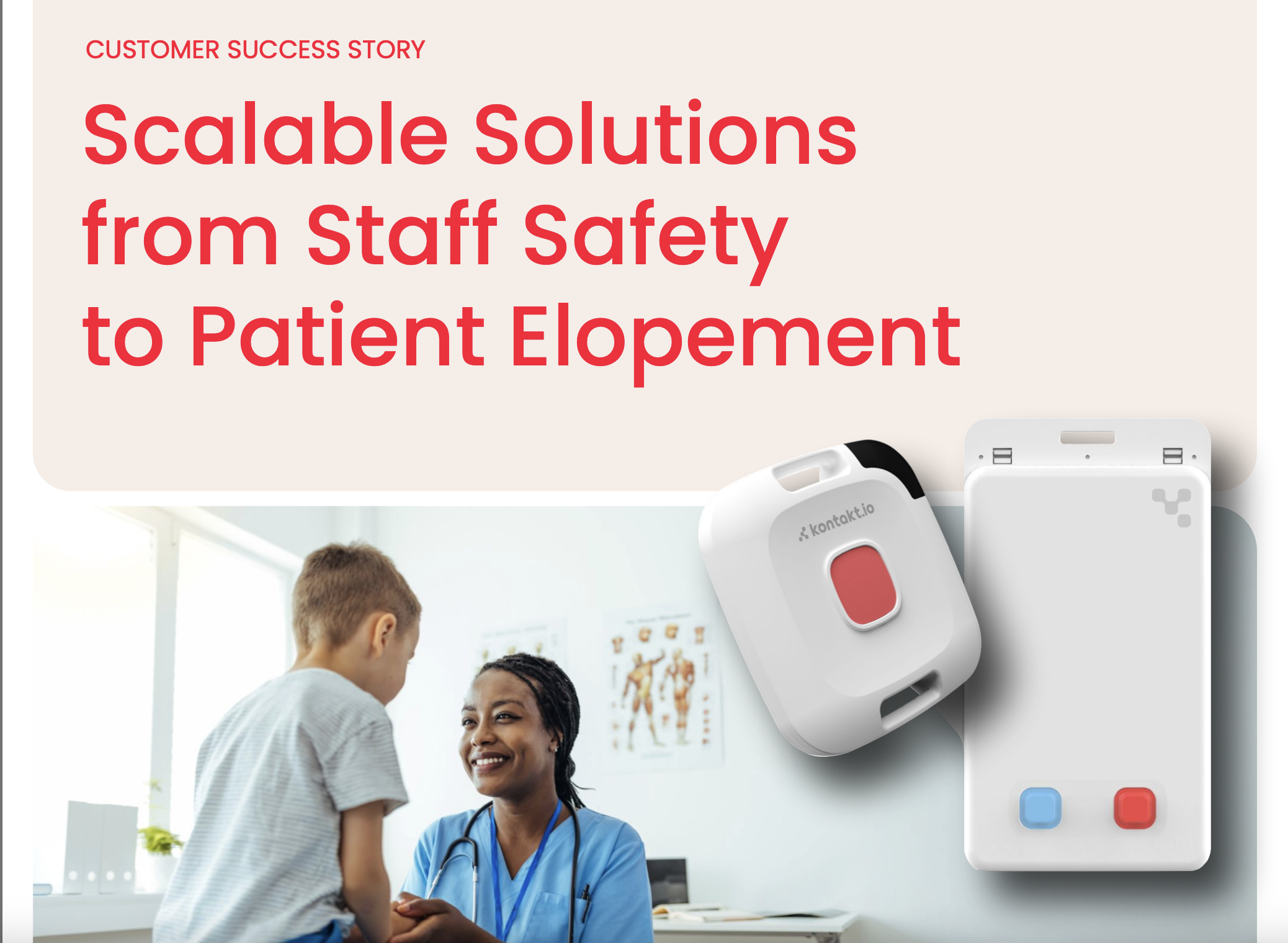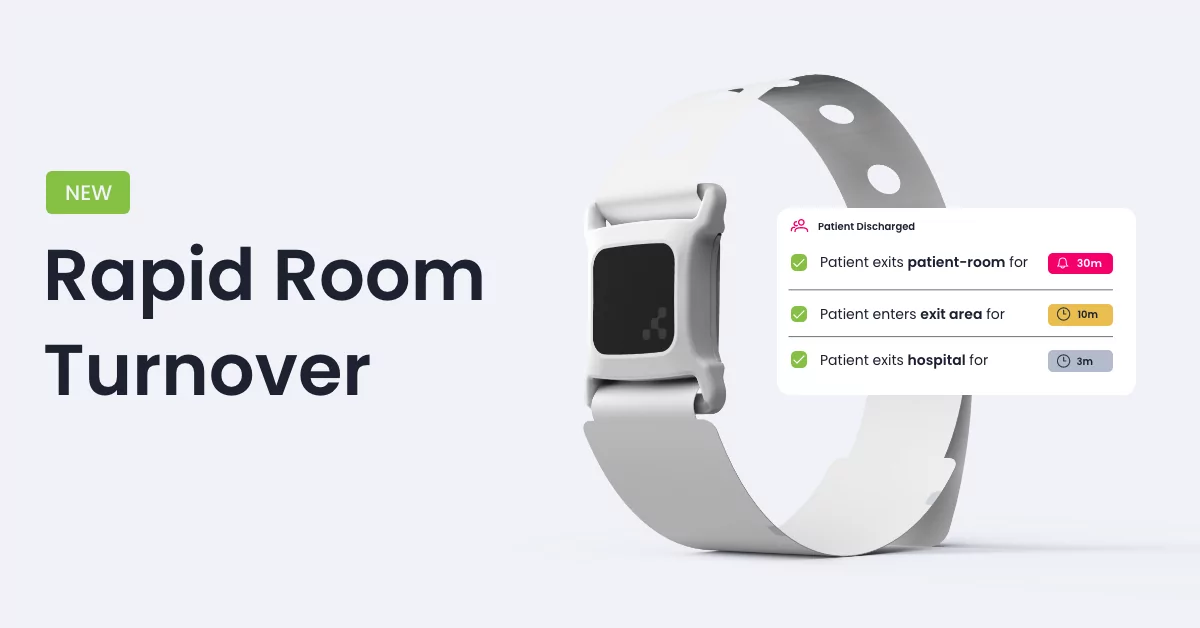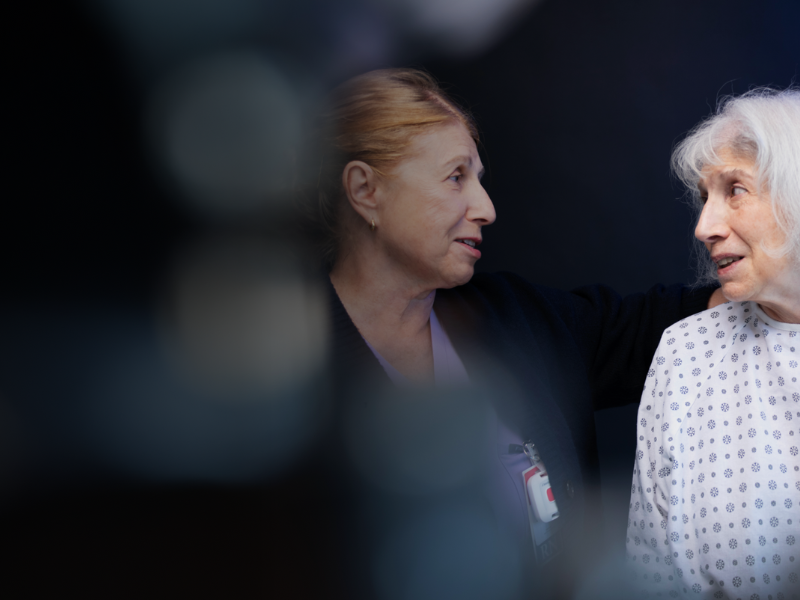

Patient Journey
Boost patient flow, increase capacity, and reduce the length of stay while supporting your patients at every step of their journey—with Kontakt.io’s AI-powered RTLS.
Enable responsive patient care and perfectly orchestrated resource deployment. Kontakt.io is your single source of truth for data on patient locations, movement, interactions, and needs—all transformed into action using AI insights.
See Real Stories of How We Help Hospitals Improve Patient Experience
Frequently Asked Questions
Protect and Empower Staff with Kontakt.io. Go live in 2 weeks. See ROI in 4 weeks.
We install small, wireless beacons throughout the facility and provide small/wearable tags for patients, assets, and staff. The system can be deployed without construction, downtime, or major IT disruption.
Deployment is designed to be minimally invasive and typically requires no room closures. Most work is done in parallel with normal clinical operations.
Most hospitals go live within weeks, and improvements in room turnover, visibility, and workflow efficiency start appearing almost immediately.
Patients wear a lightweight tag that conveniently fits on their hospital wristband. It tracks location automatically and is disposable after discharge.
The platform scales easily from a single unit to an entire enterprise, with centralized management and consistent data across all sites.
We continuously monitor sensor health, battery levels, and network performance, and proactively alert teams to anything that needs attention.
We offer 24/7 technical support, remote monitoring, and routine lifecycle maintenance for sensors and tags.
All data is encrypted end-to-end, protected under strict access controls, and fully compliant with HIPAA and healthcare security standards.
We integrate insights directly into existing tools—such as the EHR—so staff see value without changing their routines. Training is simple, and ease of use drives rapid adoption.
We combine precise RTLS data with workflow automation and EHR-native insights, enabling hospitals not just to observe movement—but to improve it.
Hospitals typically see faster bed availability, reduced boring in the ED or PACU, and smoother daily throughput—all leading to higher capacity and better patient experience.
